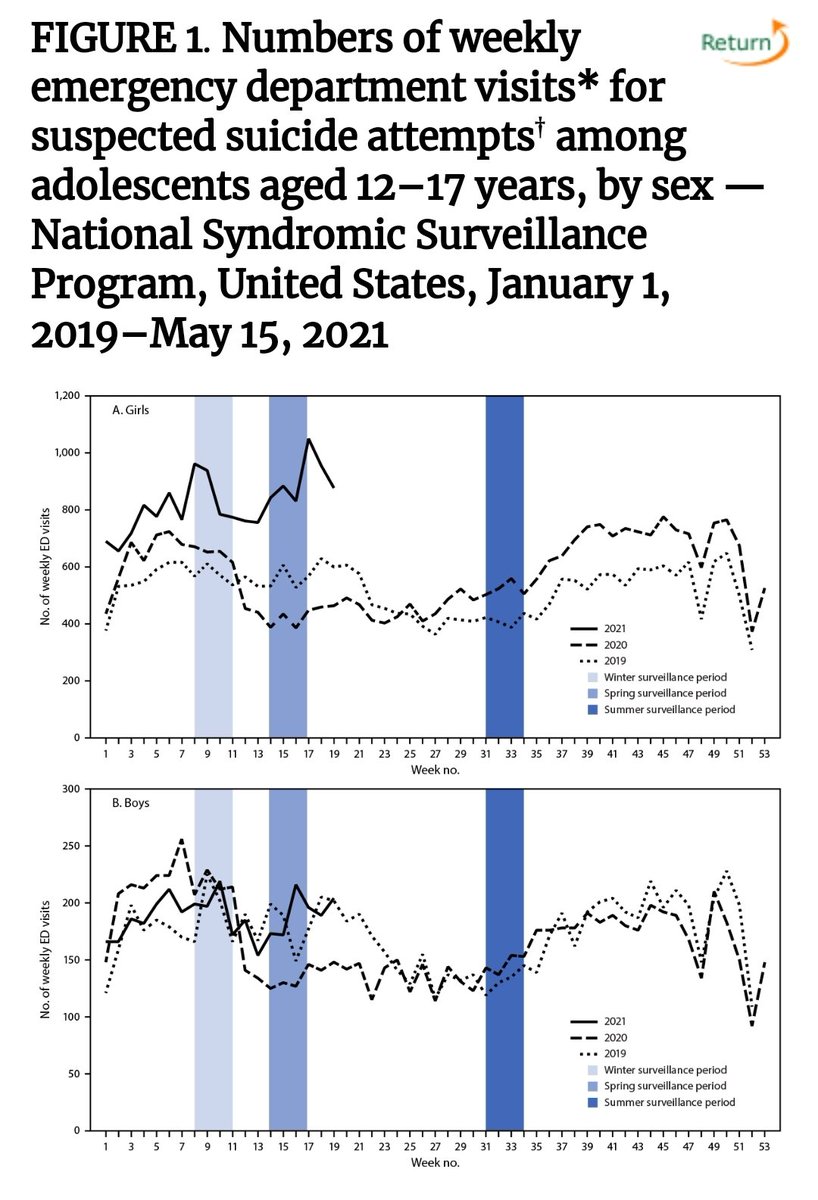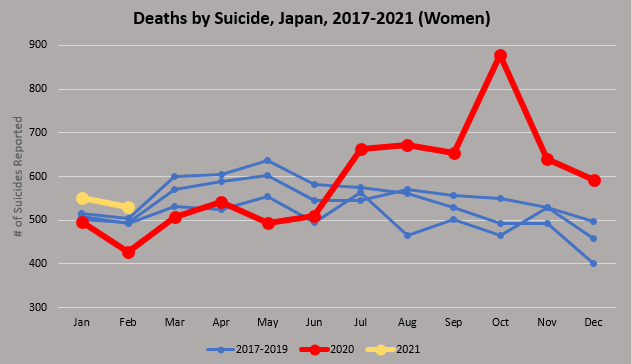
Not only is this imposter (he is not currently a health care employee, I'm told) unfunny and a horrible representative, he's just plain wrong. Medical students spend 2 full years working in hospitals learning from supervisors prior to becoming interns.
https://twitter.com/steveioe/status/1411019529921069061
Plus, there is NO evidence of a "july" effect. This video is precisely the type of myth that an awful, uneducated, stigmatizing asshole would spout.
https://twitter.com/tylerblack32/status/1411040634308231169
Interns (graduated medical students in the first year) are carefully supervised by junior residents, senior residents, and staff physicians, as they SUPERVISE medical students and teach them. They are highly skilled, conscientous, and hard-working.
My first rotation as an intern was the cardiac intensive care unit in my hospital. I was petrified. I received amazing support from my junior & senior, and even my staff came in knowing it was my first day. My patients received incredible care as I learned on the job.
This is so offensive to medical learners, I can barely stand it. This person needs to stop tiktoking his ignorance.
• • •
Missing some Tweet in this thread? You can try to
force a refresh















